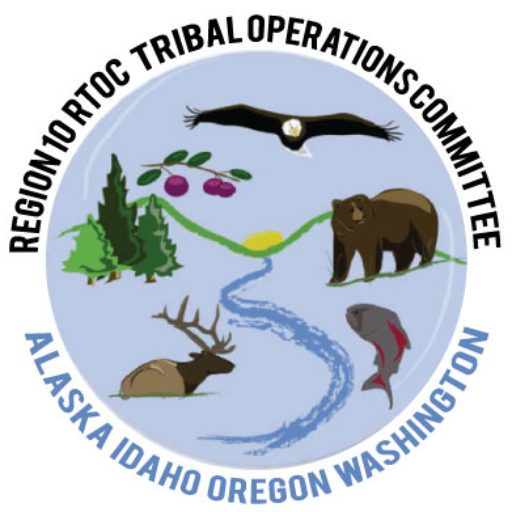On April 10, EPA finalized the first-ever National Drinking Water Regulation for PFAS. Exposure to these forever chemicals has been linked to cancer, impacts on the liver, heart, and immune system, and developmental damage in infants and children. This final rule will regulate six kinds of PFAS and help to ensure that all Americans have access to clean, safe, drinking waters. In sum:
- Public water systems must monitor for these PFAS and have three years to complete initial monitoring (by 2027), followed by ongoing compliance monitoring. Water systems must also provide the public with information on PFAS levels in their drinking water beginning in 2027.
- Public water systems have five years (by 2029) to implement solutions that reduce these PFAS if monitoring shows that drinking water levels exceed allowable levels.
- Beginning in five years (2029), public water systems that have PFAS in drinking water that violates one or more of these levels must take action to reduce them and notify the public.
EPA will also invest $1 billion to help states and territories implement PFAS testing and treatment at public water systems and help owners of private wells address PFAS contamination. Note that EPA will distribute the national Tribal allotment of 2% of the appropriations, estimated at $24M in FY22 funding, as an allocation to regions based upon the Drinking Water Infrastructure Grants Tribal Set Aside Program allocation formula. Regional offices will develop the procedures and schedule for annual selection of projects and activities, obligation of funds, or distribution of grants.
- Read the press release
- EPA will host webinars on April 16, 23, and 30 to discuss the new regulation. See Events to register.

Recent Comments